Pi in a Sega Genesis USB Hub Build
-
I ended up removing the power switch that it comes with. I just couldn't get the "ordered" switch and the original switch to work right together. So I removed the original switch, and mounted the "ordered" switch in it's place, with the toggle through the hole. Hot glue to mount it. The pins I just sort of bent so they wouldn't cause a clearance issue (probably didn't have to, but it makes me feel better). Mounting the power circuit into the case was a bit of a hassle, since it pretty much levitates in between the 2 halves. What I'm doing to solve that is a bit of a hack job, but it worked. The spring terminal I removed from the Mauseberry circuit is actually pretty darn close height-wise compared to the void left over between the bottom (top) of the case. Last night, I did my best to hot glue the edge of the circuit to the edge of the case, but it wasn't vertically stable. So I hot glued the left-over spring terminal to the case, then hot glued the circuit to the terminal. There's no separating the two now without a razor. But the result is solid, and I can plug in the power cable (with force!) and it doesn't budge. So now my only problem is closing up the case. With the extra thick wires I used for the power, the top (bottom) of the case now won't close right. I'm waiting for some heat sinks, but once I get them and have them installed, I'll probably hot clue the wires down to the back of the Pi. The way they are now, they want to stack on top of each other rather than down flat. Once flat, it looks like there won't be any issues.
-
@hansolo77 Sounds good. Keep us posted!
-
@hansolo77 That's right; it's only the solder to the terminals holding it on. I found that melting the solder with the board upside down was enough for it to quickly and cleanly fall out.
-
Hey everyone, this thread has inspired me to order a Sega Genesis Usb hub and give it a good. I ordered it off shirtpunch for $20 usd the next day I see it on sale for $7.99 :/
As a noob I'm finding it quite difficult to see where each wire needs to go and which parts I need. Can someone please make a guide on which parts exactly are needed and where each wire needs to be soldered on the boards with pictures?
-
@steetsofrage dope ass game by the way. First you wanna be careful prying the hub open. Of the 3 hubs I have they all separated fine with a lil steady pressure. You'll want to pry near the front of the hub where it's being secured by a couple stubs and glue.SOME MAY BREAK, but it should be fine being you will be screwing the two halves together. What pi do you plan on using?What game emulators do you plan to run? Do you plan on the switch powering the unit? Not necessary but deff dope if done correctly.
-
@steetsofrage yeah me and my roommate got lucky and saw the sale so we got 5 extra hubs.
-
@edmaul69 seems every other week they go on sale. Limit 20 per customer
-
It says they're $19.99 for me. :( I want to get a new one now that I have this one working, so I can make one for my brother that hopefully won't get all scuffed.
-
got my hub in and finished today. working reset button too! easy project too!!!!
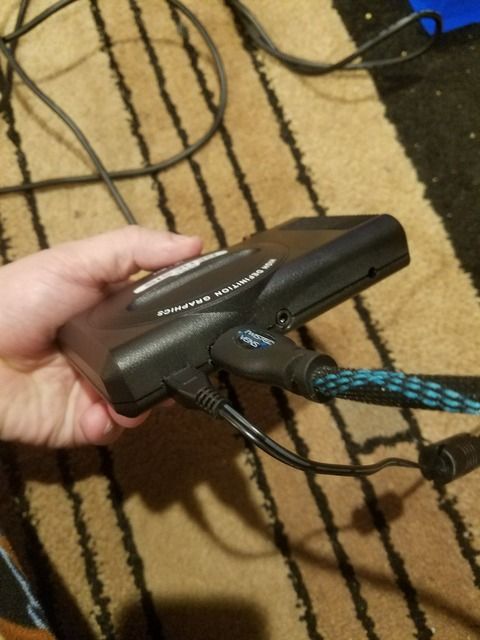
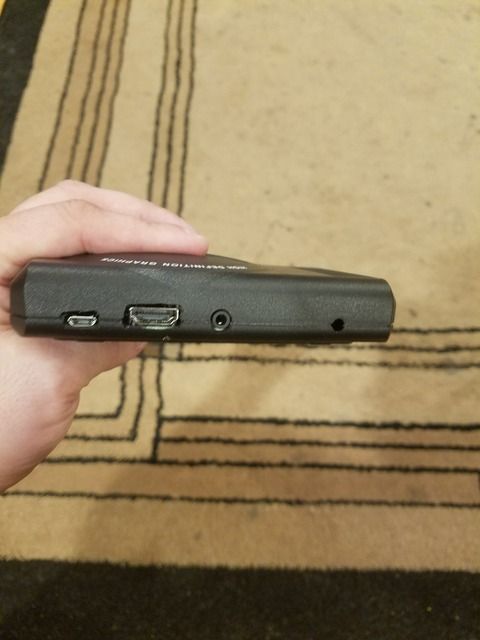
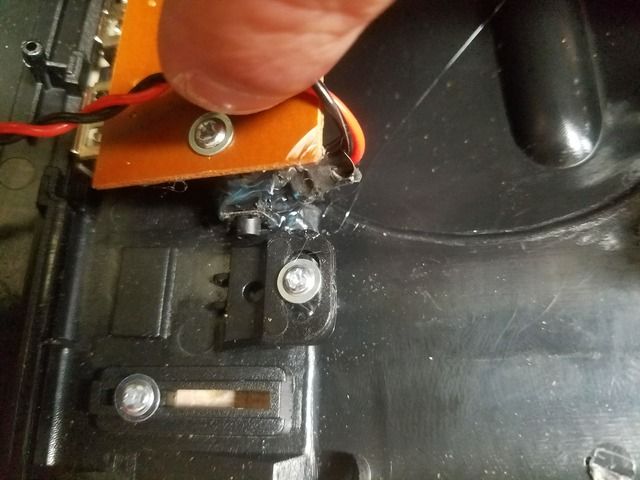
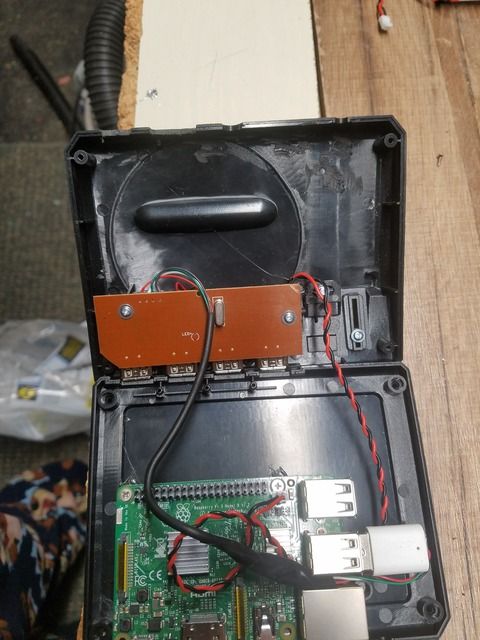
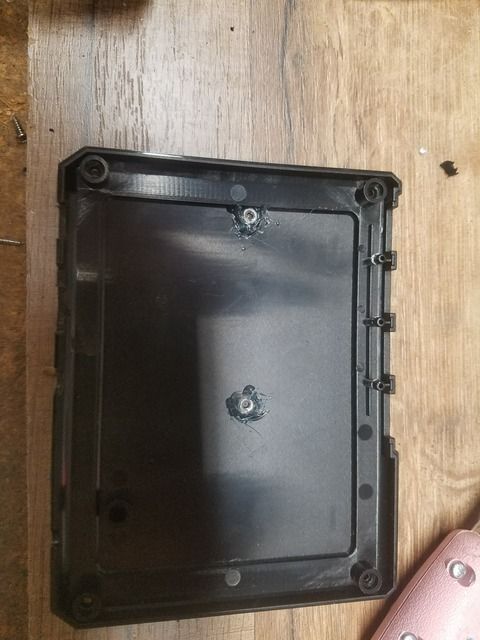
-
I plan on using a pi 3 and running retro pie, I would also like to use a mausberry to make the switch on the case functional.
-
Good news is shirt punch refunded me $12 USD, keep checking they seem to go on sale often.
-
One thing I ran across when looking at the Mausberry switch page was that it says you can power it via GPIO. Is there a specific reason you chose to use the test pads on the micro USB port instead of running off a 2nd set of 5v/ground pins (pins 2 and 9 or 14) on the GPIO? Just looking at how everything sets up, it looks like it might be a cleaner solution (wire management wise) than the MicroUSB pads. I very well may be missing something that makes it a bad idea :)
@cyperghost might be able to answer that as well?
Huge thank you for documenting your project!
-
@Stig not sure what side of the polyfuse that the solder pads are on but if the are on the usb port side then the pi is protected for overvoltage and stuff. However i have used the gpio many times with no issues at all. For the pi zero if you are using a usb hub some hubs would benefit better if power game from the gpio pins. I split my power between my hubs and my pies. Havent had an issue yet
-
@Stig I never soldered directly to the pads in the build I made. I just used some sockets to restore needed GPIO Pins and therefore I rather would use the GPIO for powering than soldering to the power pads for stability reasons and to exchange/remove power source.
But on the other hand it doesn't matter because you have to solder to the OTG-USB pads to get devices via hub connected.
@edmaul69 There is NO polyfuse in the Raspberry Zero build in!
About power over GPIO
-
@Stig Mainly because I wasn't sure about where the fuse is located and I know that Pi 3s are finicky about power requirements, so going to the test pads seemed "safer"
I'm not sure if it was a better option or not, but it seems to work well in the few weeks I've had the unit together.
-
@cyperghost I guess i never looked and just assumed the pi zero had one. I guess for $5 it wasnt cost effective, plus if it blows up who cares?
-
@edmaul69 @cyperghost @obsidianspider Thank you all!
-
@edmaul69 Yes 5$ are not so expensive but I think if you use a stabilized power switch device there is no problem in blowing the Pie. Therefore I would never use an old power device (with coils inside). These transform an output voltage in depence to the input. I would suggest up to 5.5V the Pie is running fine (no guarentee!! ;).
So the Pi0 is a special device .... with an overvoltage you kill it... independent from the way you power it.
For the polyfused Raspberries you can kill them only via GPIO powering because the GPIOs aren't fused. -
@obsidianspider Hi, long time not seen. I hope you are fine....
Did you remember as we talked about the volume change thing? I think I'm on a breakthrough.I was able to find a sliding switch with an integrated push button inside. So I'm able to set the switch in volume up or volume down position and by pushin the button I can give a signal to the wired GPIO to raise or lower volume.
My first attempts were lazy work by polling the status of the GPIOs but that doesn't fit my imagination of a good implementation ... Interrupts are better.
-
@cyperghost can you post a link to the switch? I would love to see a two way slide switch that returns to center
Contributions to the project are always appreciated, so if you would like to support us with a donation you can do so here.
Hosting provided by Mythic-Beasts. See the Hosting Information page for more information.